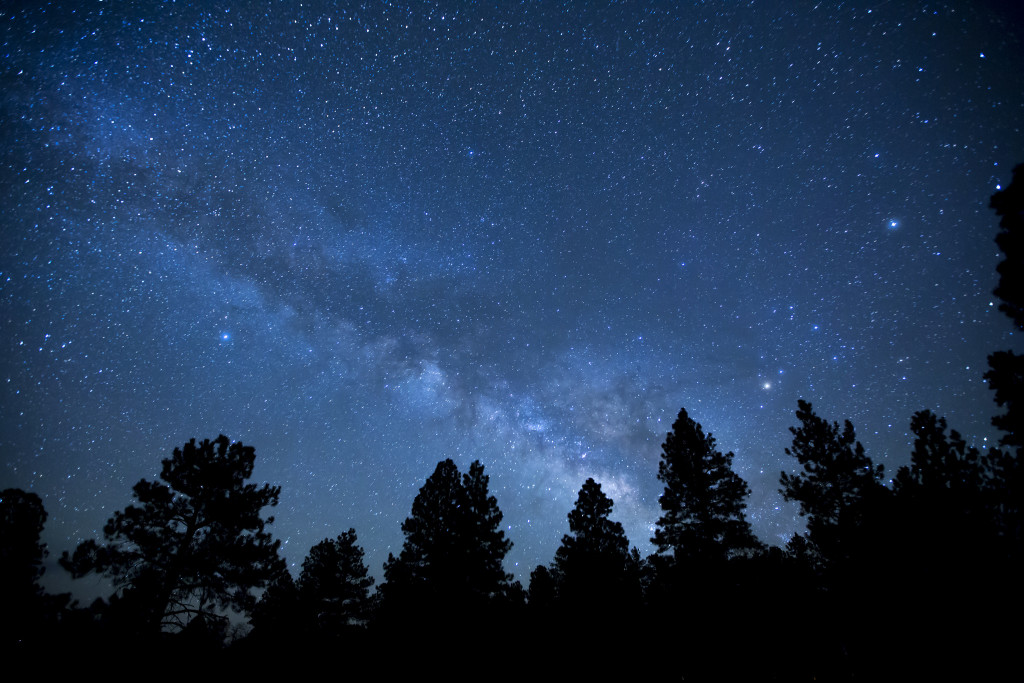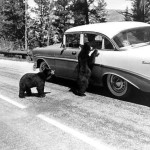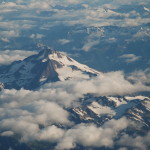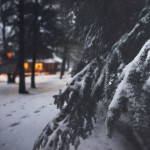
Where I grew up, fireflies were a myth; they were as improbable as unicorns. Maybe they were put off by the lack of mature trees in our neighborhood or the artificial glow of suburban shopping centers. Maybe we lived too far north. Regardless, I never chased them on summer evenings and captured them in jars. There were none to catch.
Where I live now, fireflies are common, even in the city. Since moving here, I’ve lost track of the number of times I’ve watched them light up cornfields and twinkle in the cool darkness under the trees. Each June, I start watching for them, and whenever I see the first green blink, it feels momentous.
Last weekend, we camped at a state park where the sandy Wisconsin River collides with the Mississippi. Our campsite was on a ridge and looked down into a tangled forest of young oaks and maples. The first night, we made a campfire as the woods fell into shadow and the birds sang their prolonged goodbyes. I watched expectantly. A tiny light flashed in the undergrowth. Then another and another until the whole forest was alive with green sparks. There were marshmallows waiting, but I didn’t want to turn away or even move.
Fireflies have a way of awakening wonder in me. It’s more than a little ironic. I know that by day a firefly is an ordinary black beetle, the kind I’d hit with a shoe if it scrambled through our tent or scurried across the floor. But I think that’s also what makes them incredible. An unassuming bug that—surprise!—creates its own light and you can see it for yourself if you know where to look.
I find these wonder-provoking experiences to be common in the natural world which is one reason I love the natural world so much. In addition to spending a fair amount of time outdoors, I’m embarrassingly enthusiastic about nature documentaries. The topic hardly matters—oceans, weather, urban raccoons, the salmon run, a harrowing trek across a wilderness. A reoccurring moment in these documentaries is when the (typically British) narrator goes into great detail about a natural phenomena and concludes with: “…and scientists have no idea why or how this happens.” An example of this is the monarch butterfly. They are as fragile and beautiful as pieces of stained glass, yet monarch butterflies migrate thousands of miles from Canada to Mexico. The most amazing thing about this is that each butterfly only takes this journey once. Scientists still don’t know how they’re able to navigate such a tremendous distance and hit their mark. Whenever the narrator announces something like this, I’m always shocked. I assume scientists would have a few more things sorted out by now. But mystery persists, and with it, wonder.
I think we live in a world of fireflies—ordinary experiences and scenes and moments that have the ability to surprise us with their beauty and mystery if we pause long enough to consider them. And maybe that’s the key to experiencing wonder at all: pay attention.
Wonder and Joy
by Robinson Jeffers
The things that one grows tired of—O, be sure
They are only foolish artificial things!
Can a bird ever tire of having wings?
And I, so long as life and sense endure,
(Or brief be they!) shall nevermore inure
My heart to the recurrence of the springs,
Of gray dawns, the gracious evenings,
The infinite wheeling stars. A wonder pure
Must ever well within me to behold
Venus decline; or great Orion, whose belt
Is studded with three nails of burning gold,
Ascend the winter heaven. Who never felt
This wondering joy may yet be good or great:
But envy him not: he is not fortunate.



